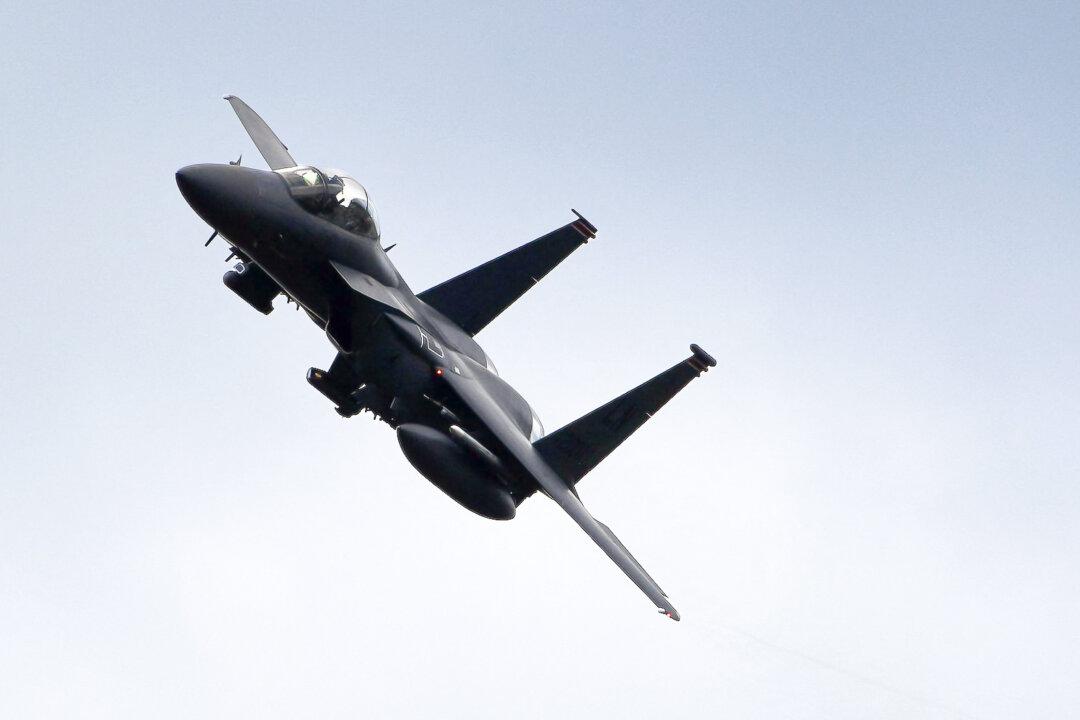President Joe Biden’s near $1 trillion defense budget request calls on the U.S. Air Force to continue retiring aging warcraft, but long production timelines, as well as a short budget leash, could create gaps in the delivery of their replacements, a “disconnect” being closely watched and potentially anticipated by “near-peer” adversaries Russia and, especially, China.
President Biden unveiled his fiscal year 2025 (FY25) $895.2 billion defense budget request on March 11. Of that, the Department of Defense (DOD) would receive $849.8 billion, which critics, such as House Armed Services Committee Chair Mike Rogers (R-Ala.), say “fails to keep pace with inflation and our adversaries.”





